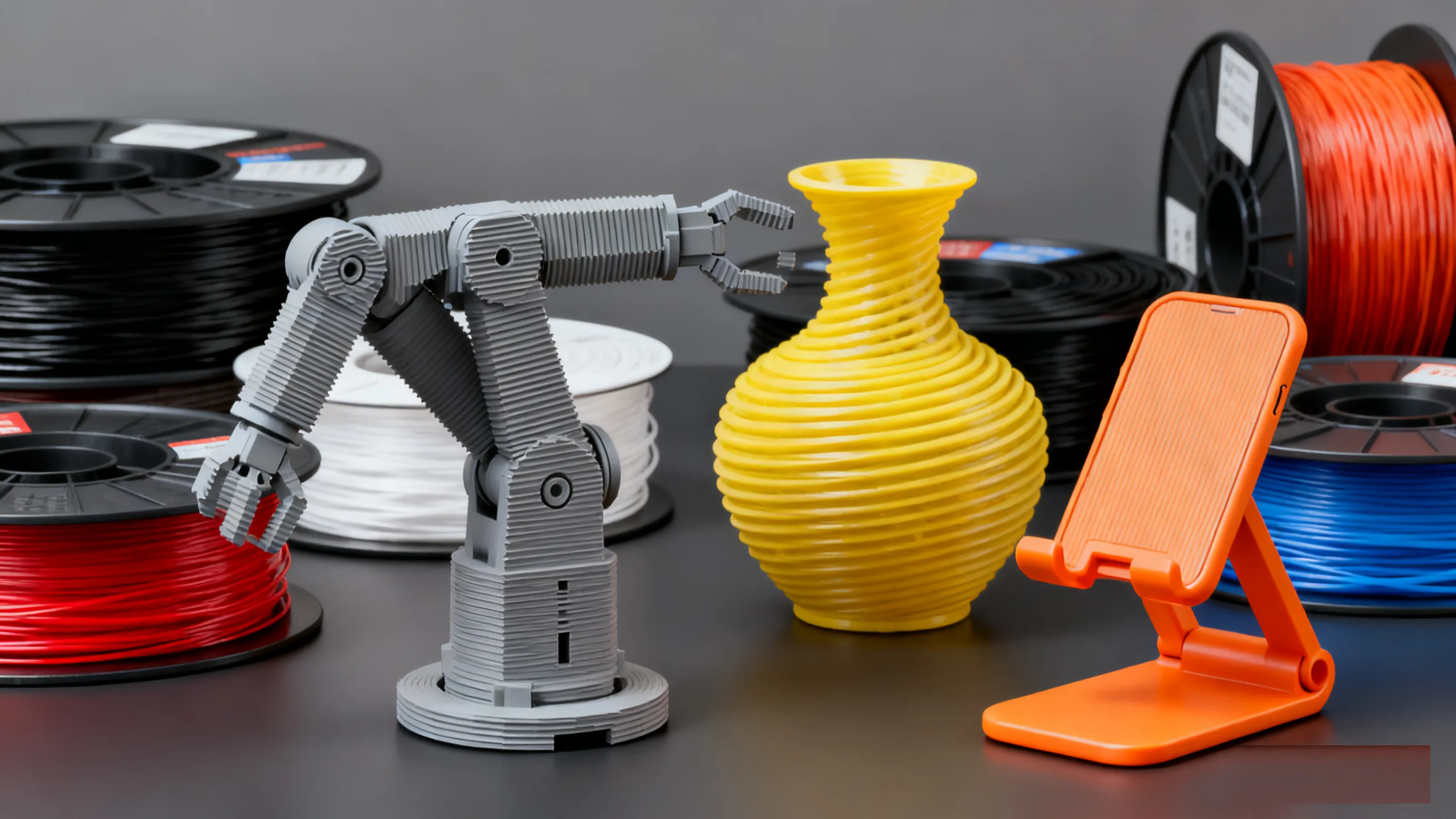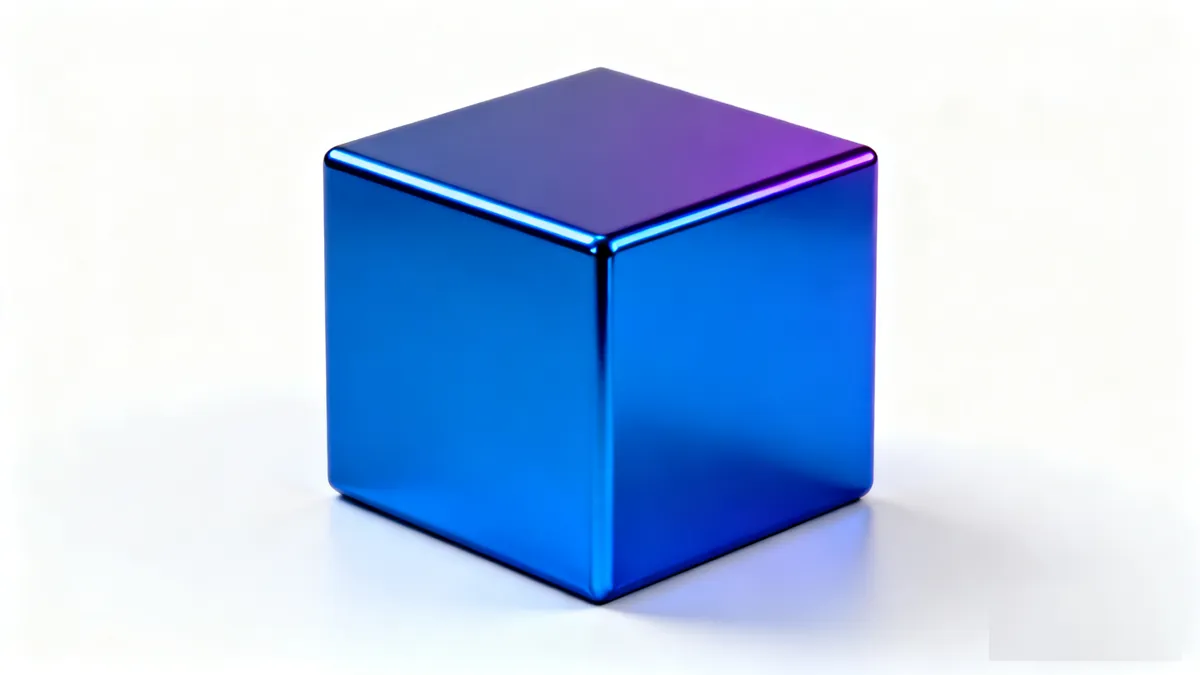TPU 3D Printing Service
Get instant online quotes on TPU 3D printed parts. Free shipping on all US orders. ISO 9001:2015, ISO 13485, and AS9100D certified.

Get instant online quotes on TPU 3D printed parts. Free shipping on all US orders. ISO 9001:2015, ISO 13485, and AS9100D certified.

TPU is the trade name for a class of PEI (polyetherimide) thermoplastics that has exceptional properties which even approach the performance of some advanced thermoset polymers. TPU plastic exhibits excellent temperature, flame, and chemical resistance without sacrificing its mechanical strength. It is by far the strongest plastic available for FDM 3D printing and some of its grades are also biocompatible, making it a common choice in the medical industry.
When it comes to printing high-performance parts using FDM technology, TPU stands in a class of its own. This material has excellent mechanical, thermal, and insulating properties which makes it ideal for high-performance applications in the automotive, aerospace, and medical fields.
This grade of TPU has excellent thermal resistance, allowing it to be used in steam autoclaves without breaking down. If the parts need to come into contact with food, a certified grade (NSF/ANSI 51) is available to ensure compliance. Due to the above-mentioned properties, TPU 1010 is used extensively in the automotive, food, medical, and aerospace industries. Applications include jigs and surgical guides that need to withstand periods in a steam autoclave.
FDM TPU 1010 Properties
| Tensile Strength (MPa) | Elongation at Break (%) | Hardness (Rockwell) | Heat Deflection Temperature (℃) | Glass Transition (℃) |
|---|---|---|---|---|
| 66 | 3.2 | 146 | 216 | 216 |
This grade of TPU is specifically formulated to be fire retardant in accordance with UL 94 VO and has an excellent FST (fire, smoke and toxicity) rating. In addition to this, TPU 9085 has an excellent strength-to-weight ratio. Typical applications can include functional prototypes and composite molds.
FDM TPU 9085 Properties
| Tensile Strength (MPa) | Elongation at Break (%) | Hardness (Rockwell) | Heat Deflection Temperature (℃) | Glass Transition (℃) |
|---|---|---|---|---|
| 69.6 | 5.6 | 106 | 178 | 88.8 |
Standard: Support structures are removed and some light sanding is performed at the support locations. FDM parts will generally show clear layer lines known as stepping. If a smooth surface finish is required right off the machine, then they should consider other 3D printing technologies.
Custom: Custom surface finishes like painting and additional sanding can be requested.
Cost-saving Design Tips To save money with TPU printing, follow these cost-saving design tips: DFM: TPU 3D printing with FDM technology requires special considerations when designing parts. FDM machines construct parts from the bottom up, so large overhangs will require support. Large internal cavities are not ideal as support structures cannot be removed. This can, however, be overcome with special soluble supports, though these add complexity and cost to the design. In addition to this, care must be taken when designing load-bearing components as FDM parts are generally weakest in the Z-axis due to the bond strength between layers. Material Choice : The above-listed TPU materials are each designed for specific use cases and should only be used when required. For example, biocompatible TPU is not needed for a tooling fixture and would increase the overall cost of the part for no reason.